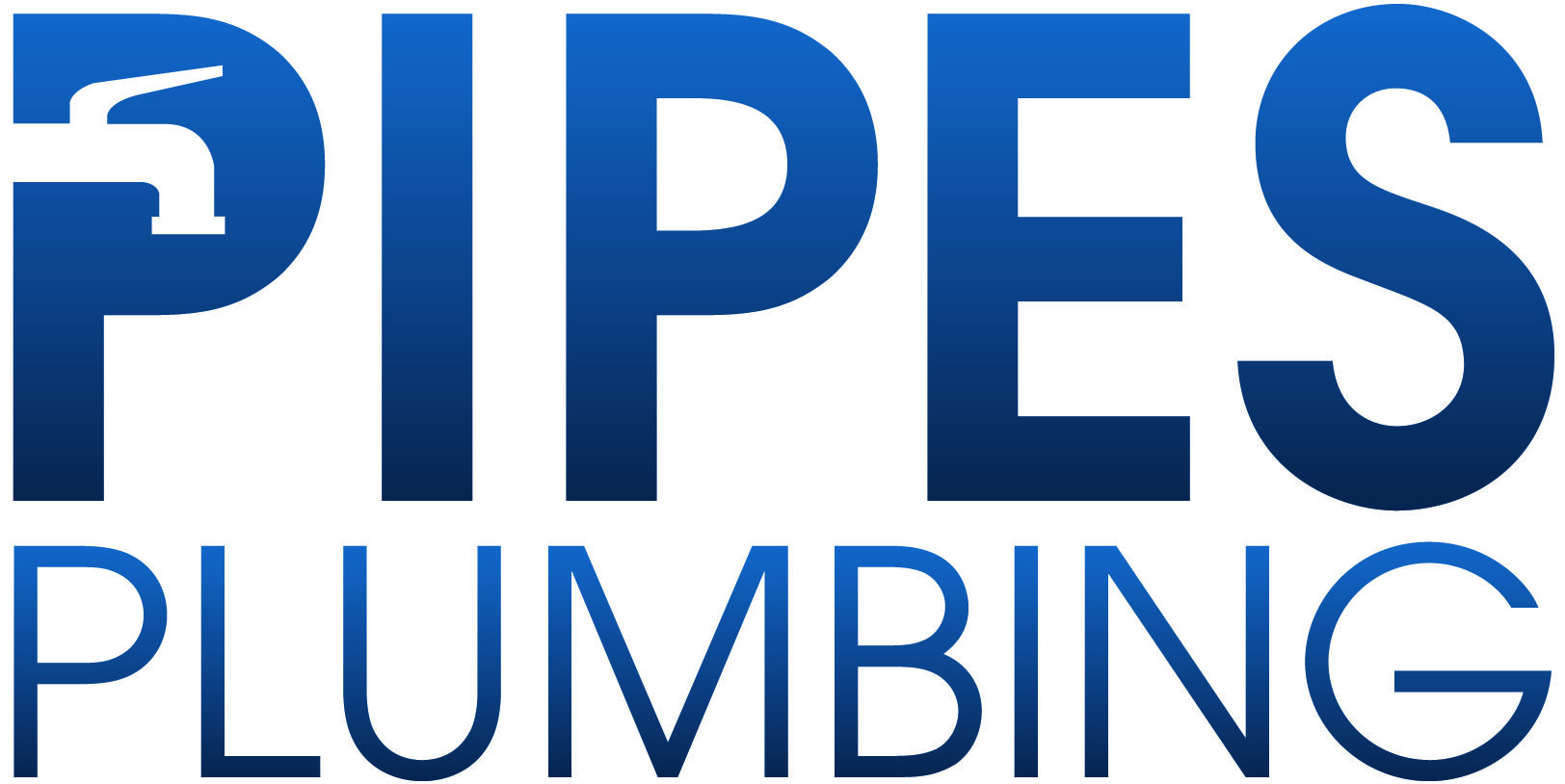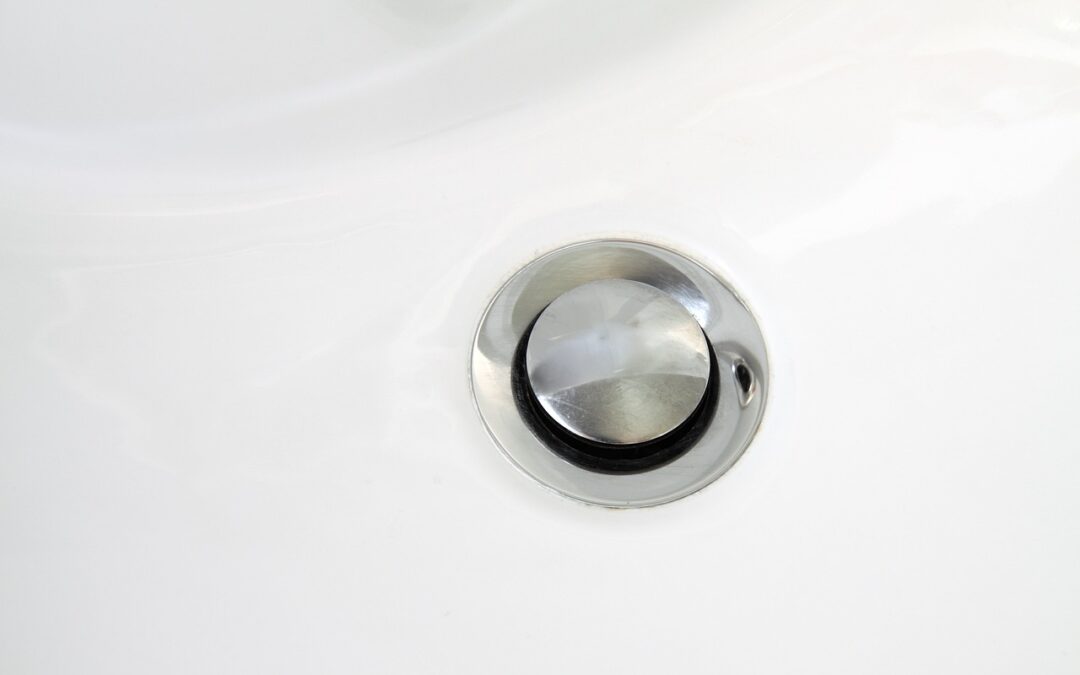Dealing with clogged or slow drains is a common issue in many households. Whether it’s the kitchen sink, bathroom drain, or a shower that isn’t draining properly, these problems can be quite frustrating. The good news is that many drain issues can be resolved easily with some basic knowledge and a few tools.
Understanding what causes drain problems is the first step to fixing them. Hair, grease, soap scum, and even small objects can create blockages over time. Identifying the source of the problem allows us to target our efforts more effectively and restore the proper flow in our drains.
Having the right tools on hand makes tackling these issues much simpler. Simple items like a plunger, drain snake, or even a mixture of baking soda and vinegar can work wonders. In this article, we’ll explore common drain problems, the tools you need for a quick fix, a step-by-step guide to unclogging drains, and some easy preventive tips to keep your drains clear. This handy guide will help you take care of common drain issues efficiently and prevent them from happening again.
Identifying Common Drain System Issues
Drain systems are vital in keeping our homes clean and functioning, but they can often run into issues that need attention. Understanding common drain problems can help us address them quickly.
One common issue is a clogged drain. This happens when hair, soap, food particles, or grease build up and block the flow of water. Slow drainage and gurgling sounds are typical signs of a clog. Regularly cleaning the drain can prevent this buildup.
Leaky pipes are another frequent problem. Leaks can occur due to corrosion, high water pressure, or loose fittings. Signs of a leak include water stains on walls or ceilings, damp spots on floors, and an increase in the water bill. It’s essential to fix leaks promptly to avoid further damage.
Foul odours from drains can indicate trapped food particles, grease, or even sewer gas. Cleaning the drain or trap can often resolve this. If the smell persists, there might be a bigger issue, such as a problem with the sewer line, which requires professional assistance.
By identifying these common problems early, we can take steps to fix them and prevent further complications, keeping our drain systems running smoothly.
Basic Tools You Need to Fix Drain Problems
Having the right tools on hand can make fixing common drain issues much easier. Here’s a list of basic tools every homeowner should have for tackling drain problems:
1. Plunger: A plunger is essential for dislodging clogs in toilets and sinks. It creates suction to push the blockage through the pipe, clearing the drain.
2. Drain Snake: Also known as a plumber’s auger, this flexible tool is excellent for reaching deep clogs in pipes. It can navigate bends and break up blockages that a plunger can’t manage.
3. Pipe Wrench: A pipe wrench provides the leverage needed to loosen and tighten pipe fittings. It’s useful for fixing leaks and performing more extensive plumbing repairs.
3. Bucket: Always have a bucket handy when working on drains. It helps catch water and debris, preventing messes and making cleanup easier.
4. Plumbing Tape: Also called Teflon tape, it’s used to seal pipe threads and prevent leaks. It’s an inexpensive but effective way to ensure tight fittings.
5. Plumbing Snake/Cleaner: Chemical drain cleaners can sometimes help dissolve clogs. However, use them sparingly, as they might damage pipes over time.
Equipped with these basic tools, we can tackle most minor drain problems and avoid the need for immediate professional help. It’s always a good idea to have these tools ready so that we can address issues promptly and keep our plumbing in good shape.
Step-by-Step Guide to Unclogging Drains
Unclogging drains might seem like a challenging task, but with the right approach, it becomes much easier. Follow these steps to clear a clogged drain:
1. Use a Plunger:
– Position the plunger’s cup over the drain and ensure it creates a tight seal.
– Push down and pull up vigorously to create suction. Repeat several times.
– Run water to check if the clog is cleared. If not, move to the next step.
2. Apply a Drain Snake:
– Insert the drain snake into the drain until you feel resistance.
– Rotate the snake to break up the blockage and pull it out slowly.
– Dispose of the debris caught by the snake and flush the drain with hot water.
3. Chemical Drain Cleaner (If Necessary):
– Follow the instructions on the chemical drain cleaner’s packaging.
– Pour the cleaner into the drain and wait for the specified time.
– Rinse the drain with hot water to clear any remaining residue.
4. Check and Clean the P-Trap:
– Place a bucket under the P-trap (the curved pipe under the sink).
– Loosen the nuts holding the P-trap and remove it.
– Clear out any debris and reattach the P-trap securely.
If these steps don’t resolve the issue, the problem could be more severe and might require professional expertise. Regularly using these steps, however, can prevent minor clogs from becoming major headaches.
Preventive Tips to Keep Your Drains Clear
Prevention is always better than cure, especially when it comes to keeping our drains clear and functional. Here are some practical tips to maintain free-flowing drains:
1. Avoid Pouring Grease Down the Drain:
– Grease solidifies when it cools and can clog pipes. Instead, pour it into a container and dispose of it in the garbage.
2. Use Drain Screens:
– Install drain screens in sinks and showers to catch hair, food particles, and other debris. Clean these screens regularly.
3. Dispose of Waste Properly:
– Do not flush anything other than toilet paper down the toilet. Items like wet wipes, sanitary products, and cotton balls can cause clogs.
4. Regular Cleaning:
– Pour a mixture of baking soda and vinegar down the drains, followed by hot water. This helps break down minor blockages and keeps the pipes clean.
5. Mind What Goes Down the Kitchen Sink:
– Use a garburator for food scraps, but avoid grinding fibrous foods like celery, coffee grounds, and pasta which can clog the garburator and pipes.
6. Check for Signs of Trouble:
– Regularly inspect under sinks and around drains for any signs of leaks or slow drainage. Early detection can prevent bigger problems.
By adopting these preventive measures, we can minimize the chances of clogs and ensure our drain system operates smoothly.
Conclusion
Keeping our drains clear and our plumbing systems healthy requires a bit of effort and knowledge. By understanding common issues and having the right tools, we can easily tackle minor problems ourselves. Regular maintenance and adopting preventive habits will save us from inconvenient blockages and potential damage in the future.
Proper care of our drains not only ensures they function better but also extends their lifespan. When we take proactive steps, like using drain screens and avoiding improper waste disposal, we protect our home plumbing system from costly repairs.
If you ever find yourself facing a complicated drainage issue or need expert advice, don’t hesitate to reach out for professional help. For reliable plumbing services in Ottawa, contact Pipes Plumbing. Our experienced team is ready to assist you with all your plumbing and heating needs. Act now to keep your home’s plumbing in top condition!

